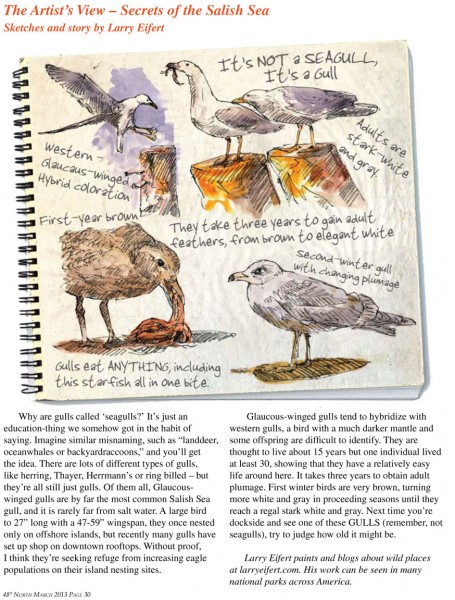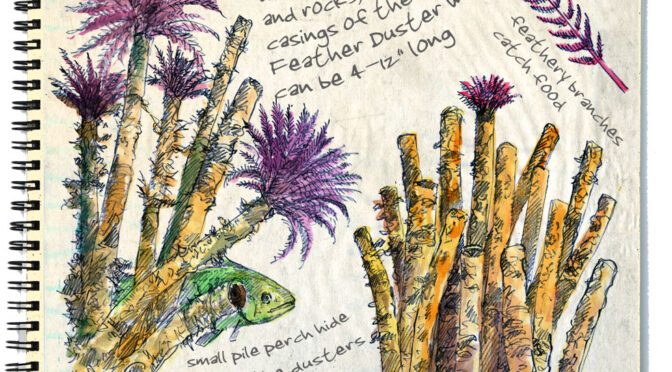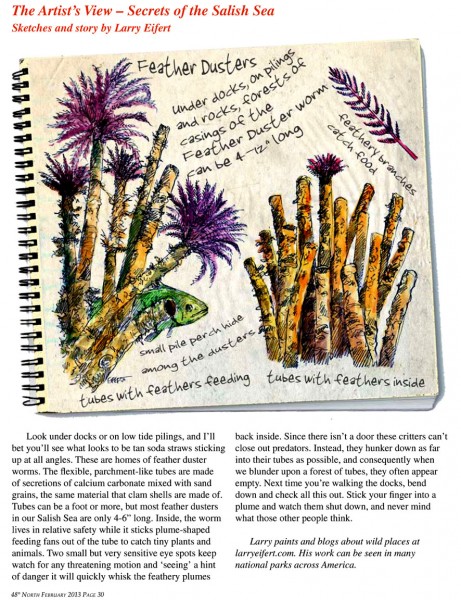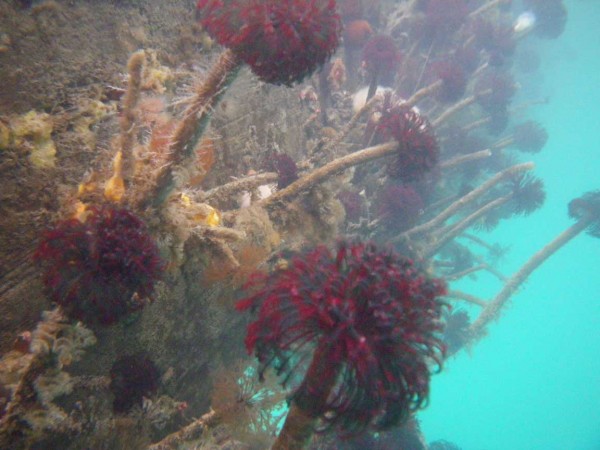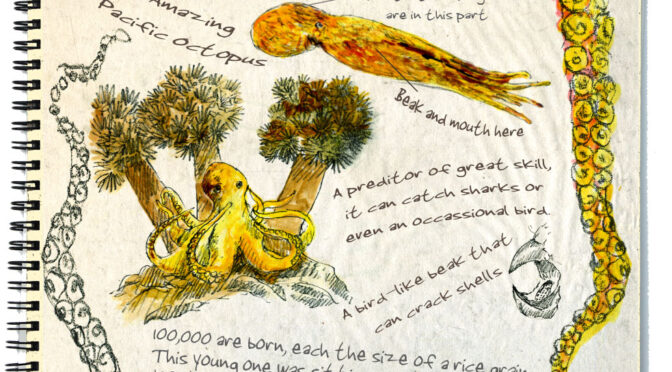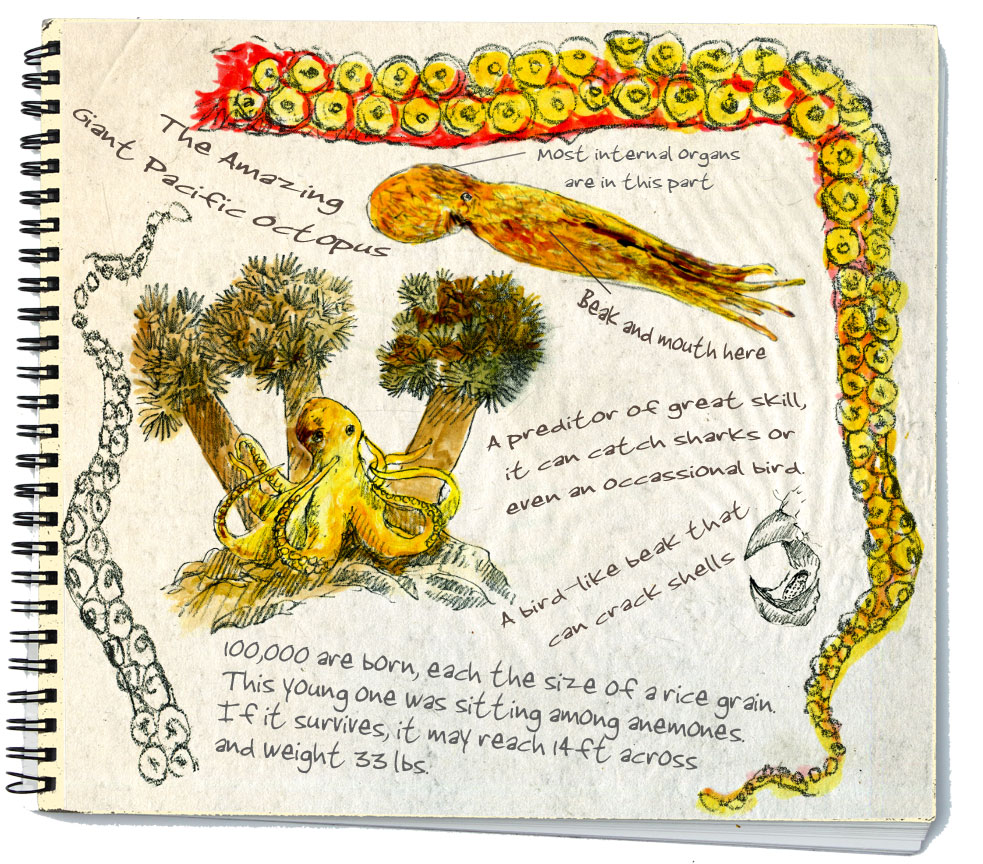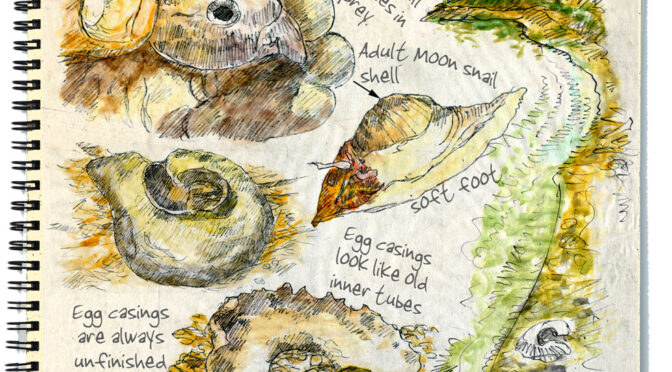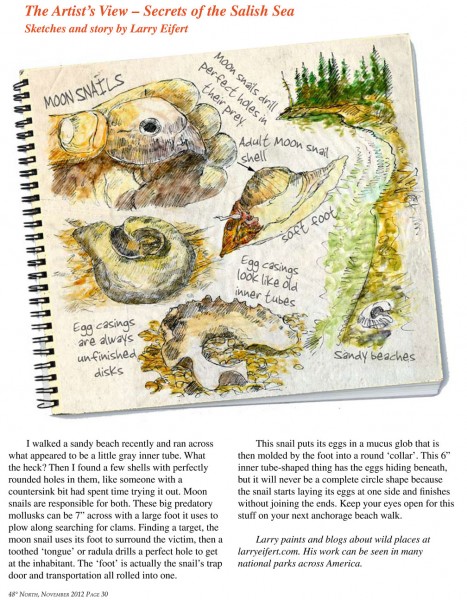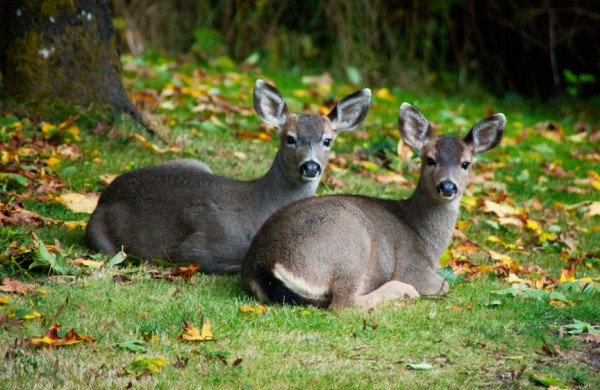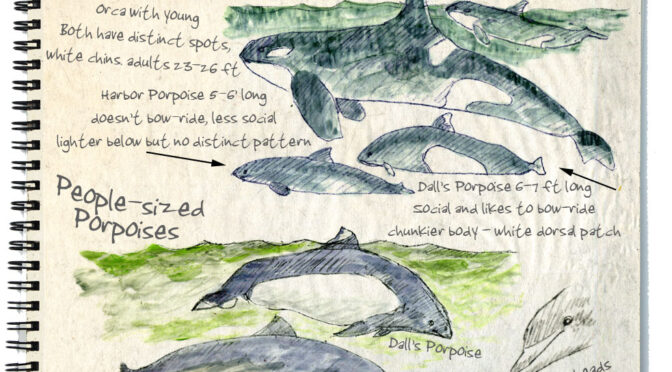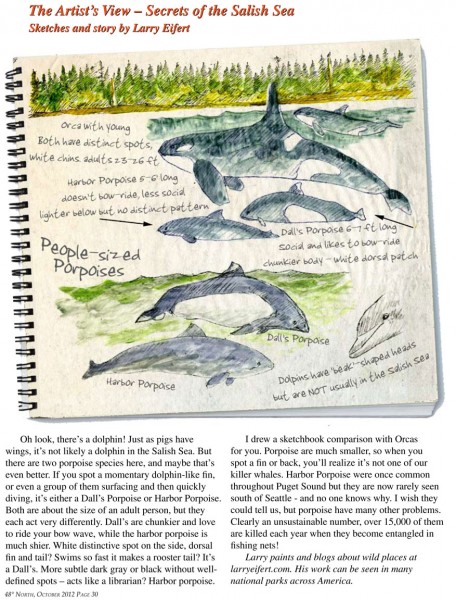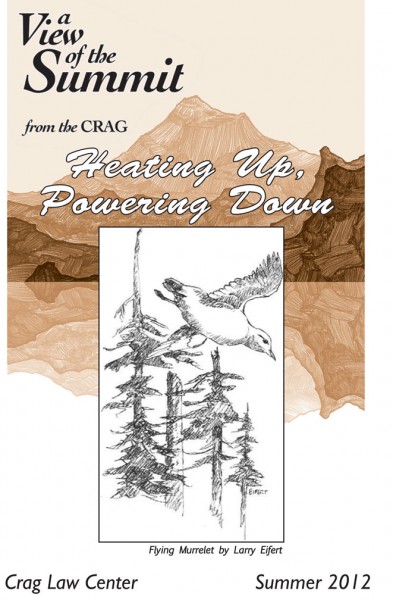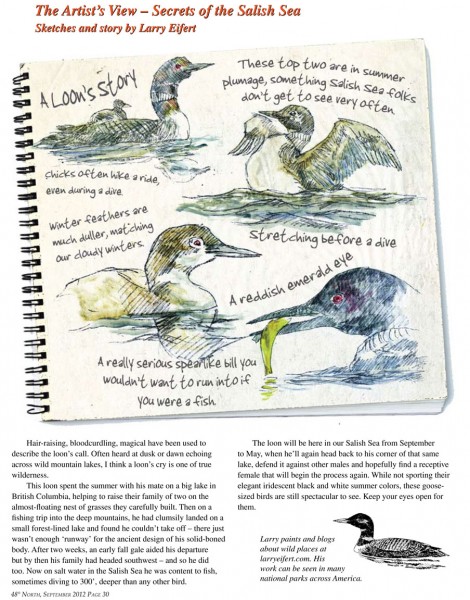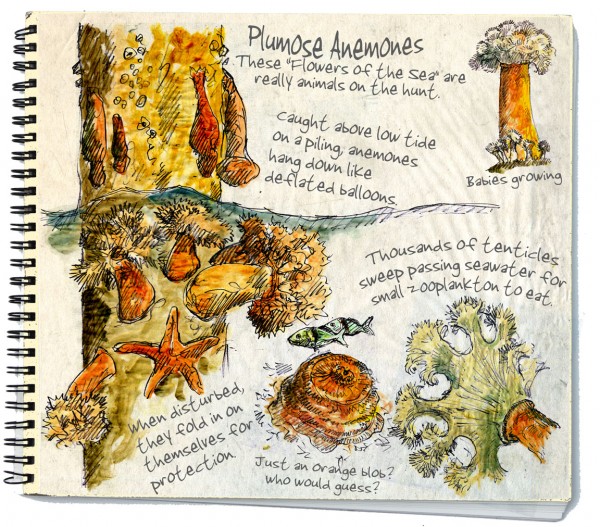You heard it here first!. Due to random and across the board federal cuts by Tea Party conservatives who were sent to Congress to shake things up and shut the country down, the word Seagull now no longer exists and has been shortened to the word ‘gull’, therefore saving three letters or 42% of the name. Read it and weep.
What a sad state of affairs, but I’m just saying I saw this coming, and, so, wrote and illustrated a story about this tragedy for my monthly 48-North magazine page. This seems to fit into the current scheme of America, of cutting things that didn’t need cutting just because they already existed. But you know how it goes these days. I read last week that the House of Representatives is conducting hearings to finally, I mean FINALLY determine if meteors exist or not, so this seagull-thing seems trivial when compared to that problem. Just to let you know, there was no solid decision on the meteor-thing.
One the other hand, it is Nancy’s birthday week and yesterday we went on a delightful 5-mile old-growth forest hike in 50+ degree weather and both felt joyful to be alive and healthy (I mean, let the gulls sort out their own issues). She wrote a really nice blog about photographing owls (backyard and otherwise) that you can see here. (nancycherryeifert.com/wordpress)
This week: I finally have the Point Reyes mural finished and two more of Virginia’s book up, but the gulls were far more important – don’t you agree?
Thanks for reading this week.
Larry Eifert
Click here to go to the online blog this was to.
Click here to go to our main website – packed with jigsaw puzzles, prints, interpretive portfolios and lots of other stuff.
Click here to check out what Nancy’s currently working on with her photography.
